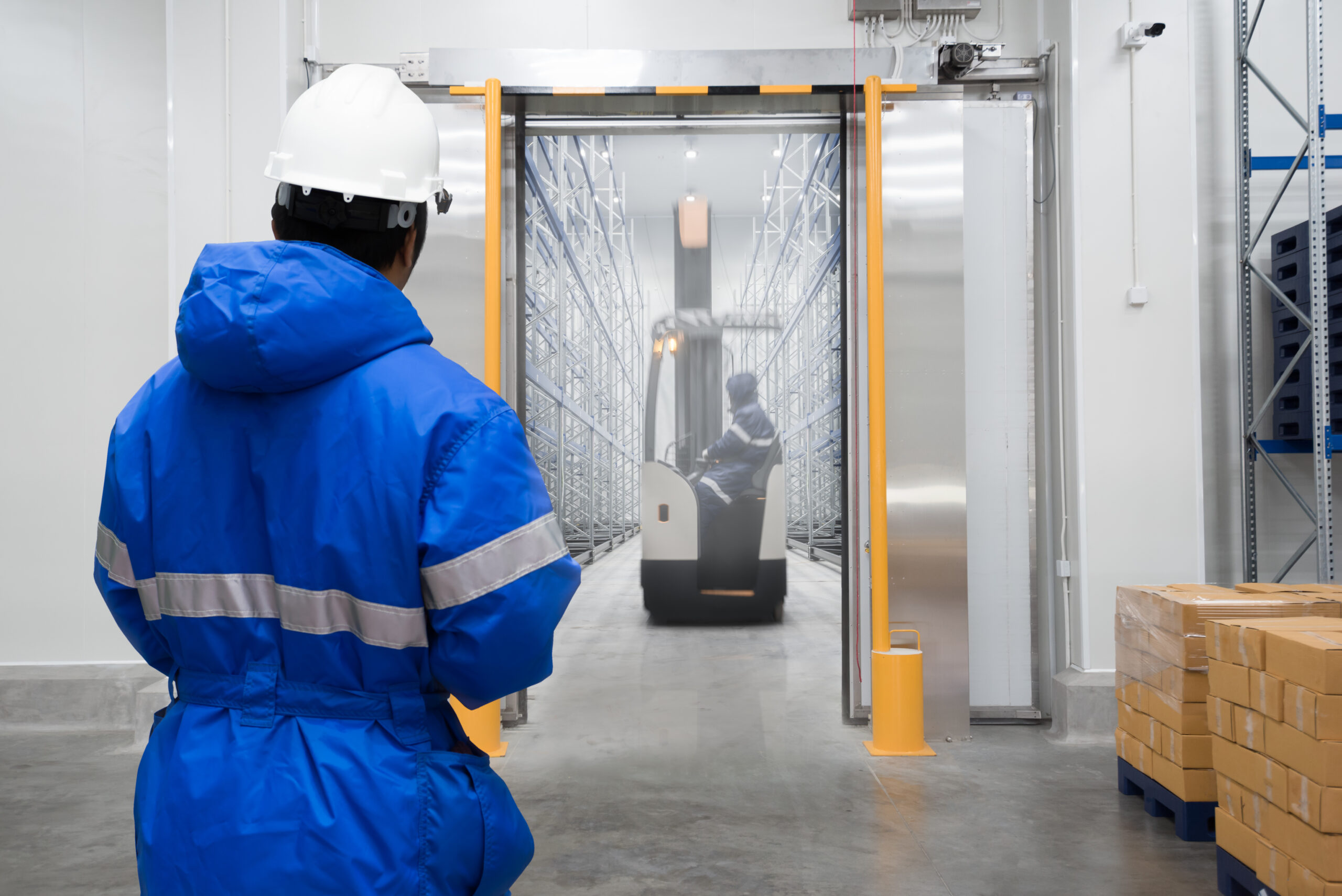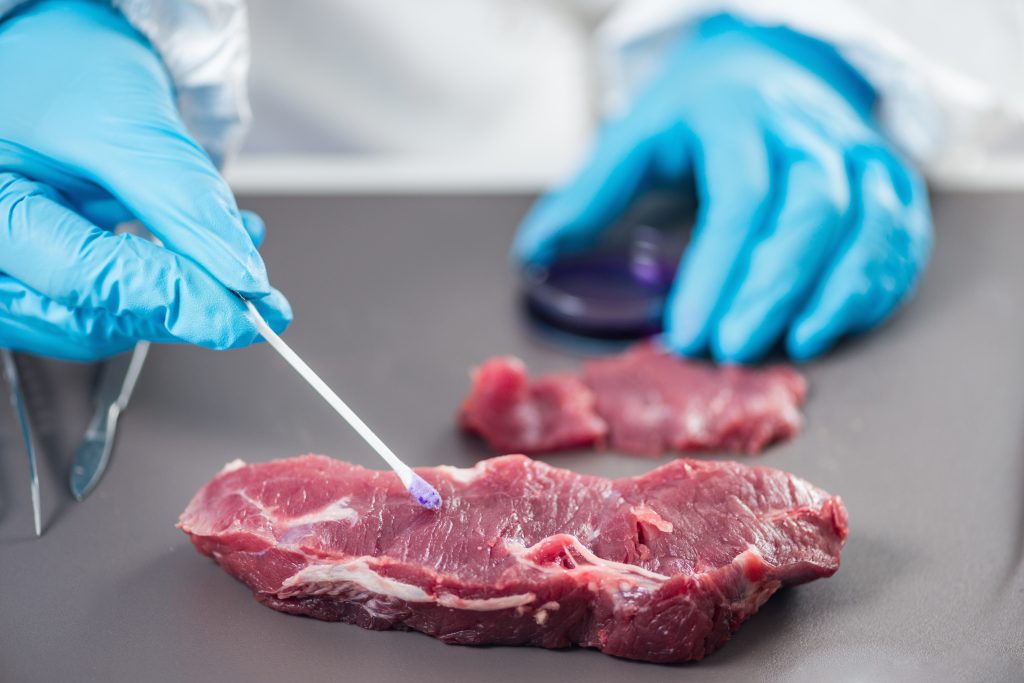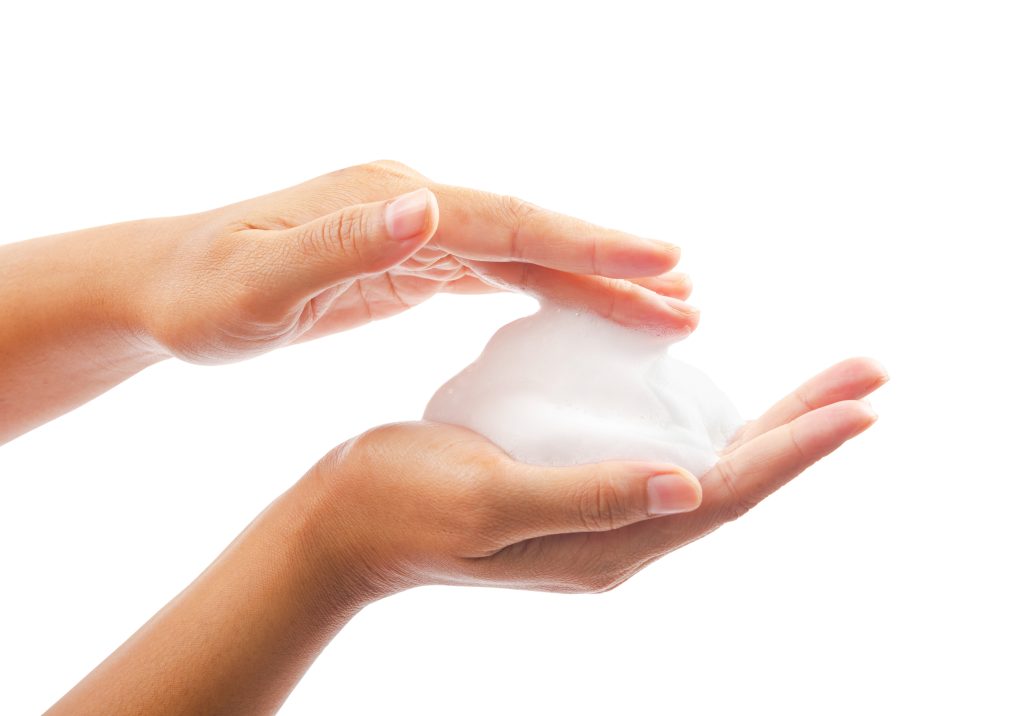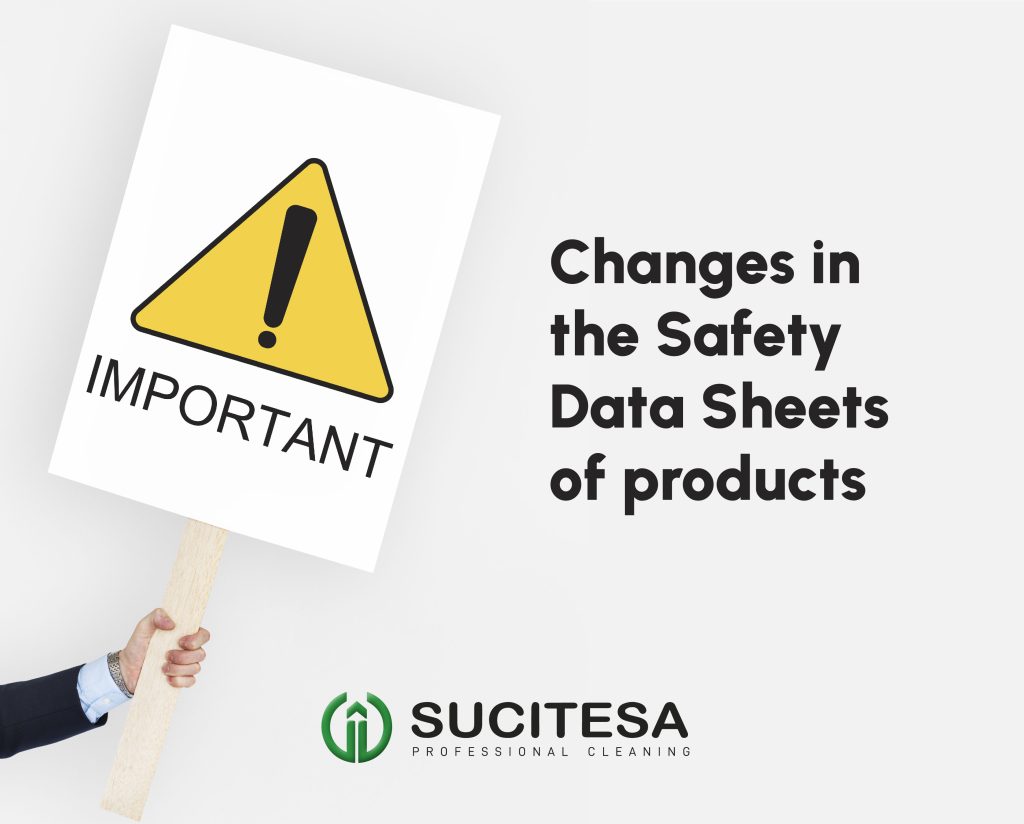A freezing chamber is a space where products are stored at a temperature below 0 ºC. Depending on the time and temperature conditions inside this space, the product will be subjected to a freezing or deep-freezing process.
The deep-freezing process reaches lower temperatures (-18ºC or less) than the freezing process (-12ºC) and also takes shorter times. The water contained in the preserved food is converted into small ice crystals without damaging the components of the food, leaving its organoleptic properties almost unaltered. This preservation method is widely used in the food, pharmaceutical and medical industry. For example in the manufacture of vaccines, freeze-dried medicines or the preservation of plasma and blood.

In the case of freezing, as it takes longer to reach the temperature, the ice crystals that form are larger and can affect the taste, appearance and nutritional qualities of the food.
Neither freezing nor deep-freezing can eliminate 100% of biological contamination, as there are species of microorganisms capable of withstanding these temperatures.
– Psychrophilic micro-organisms: are those whose growth temperature is capable of growing at freezing temperatures. Examples are: Aeromonas, Alcaligenses, Flavobacterium, Pseudomonas, Vibrio, Bacillus or Clostridium.
– Facultative psychrophilic micro-organisms (psychrotrophs): micro-organisms involved in the spoilage of food under refrigeration. Bacteria are the main cause of spoilage of meat and fish, while moulds and yeasts cause spoilage of fruit and vegetables. Examples of bacteria Acinetobacter, Vibrio, Campylobacter, Enterobacter, Escherichia, Klebsiella, Listeria, Pseudomonas, Streptococcus, etc. Examples of fungi: Alternaria, Aspergillus, Botrytis, Penicillium. Examples of yeasts: Candida or Sacharomyces.
These micro-organisms remain in a dormant state waiting for the temperature to rise so that they can resume their metabolic functions and reproduce again. Therefore, the hygiene and disinfection of the deep-freezing chambers is essential to guarantee the healthiness of the stored food or products.

How to clean the cameras
We have two options when cleaning the chambers:
1.- Cleaning and disinfection at room temperature: this consists of disconnecting the cooling equipment and allowing the chamber to reach room temperature and then cleaning and disinfecting it with the usual products.
This type of cleaning is very costly in terms of energy, as it consumes a lot of energy to bring the chamber back up to temperature and all the products have to be removed from the chamber without the possibility of refreezing them.
It is carried out in the event of a breakdown of the refrigeration equipment or when maintenance work is carried out.

2.- Cleaning and disinfection at low temperatures by using specific detergents that easily remove ice, frost, food remains and dirt without defrosting the chamber.
- Product that does not freeze at working temperature.
- Easily melts ice and frost
- Easily removes various types of dirt such as tyre marks, blood, food residues, etc.
- Low foaming for manual or mechanised cleaning
- Know the dosage ratio of the product in relation to the working temperature very well.
- Fast drying without residues to avoid slipping and accidents at work.

You can consult our range of products for cleaning and disinfection of chambers here: https://www.sucitesa.com/en/tienda/?sectores-filtro=food-industry-sectores-3-2&areas-filtro=controlled-temperature-storage&necesidad-filtro=cold-rooms






